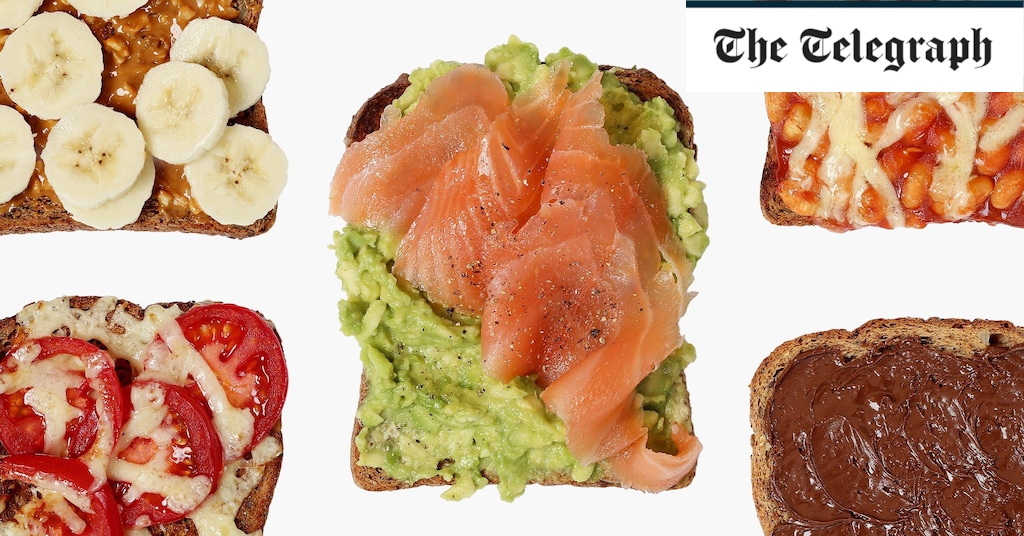
“Butter is obviously something that can taste really nice, but it hasn’t got any fibre or protein in it and it’s fairly high in salt,” Tew explains.
Per recommended 10g serving (which is less than a tablespoon), it contains 8.2g of fat, 5.4g of which are saturated. It has no sugar but also zero fibre and negligible protein.
“While the butter can add moisture to the bread, you want to be thinking about adding something like egg or beans in order to get protein and fibre in there – otherwise it may not keep you as full for as long,” she says.
When it comes to choosing between a block of butter or spreadable versions, choose whichever option you like, Tew recommends. But it may be worth bearing in mind that blocks are higher in saturated fat (something we don’t want to eat too much of, as it can raise cholesterol and therefore increase the risk of heart attacks and strokes).
“So if it’s something that you’re having fairly regularly, and you’re having quite a lot of, then you might want to go for the monounsaturated olive oil-based bread instead,” Tew adds.
Monounsaturated fat helps protect the heart by maintaining levels of high-density lipoprotein cholesterol, the so-called “good” type, and reducing the “bad” low-density lipoprotein variety.
